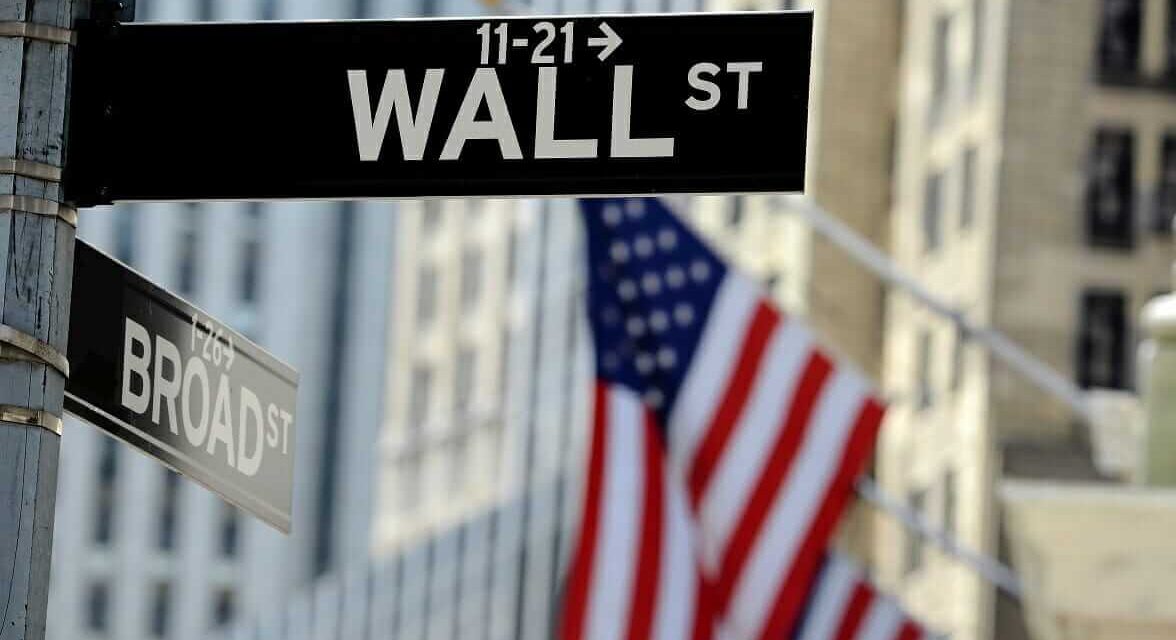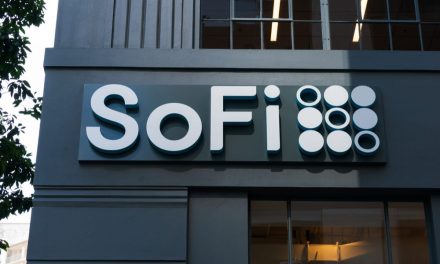Thursday saw mixed results for stocks after they suffered heavy losses the previous day. Pessimism ruled that day as worries over monetary policy changes that could undercut the stimulus aiding equity markets lingered.
Winners and losers
However, the good news is that the S&P 500 bounced back slightly after a dip, registering its first increase within three sessions. Meanwhile, the Dow has not budged while the Nasdaq fared better. Also, treasury yields dove and saw the benchmark ten-year yield retreat well below 1.3 percent.
Today was a win for S&P 500 and Nasdaq’s technology stocks with several gains in consumer staples, healthcare, and IT. However, stocks in materials, energy, and financials dawdled.
The Dow bowed with 130 points down (0.4%), with Boeing, Chevron, and Dow Inc. not up to par. Meanwhile, Cisco and the UnitedHealth Group performed better than expected with their reports on quarterly earnings.
Robinhood (HOOD) shares underperformed since it publicly released its first earnings report. The below-expected performance is believed to be driven by a revenue slowdown for this period attributed to Q3 trading seasonal weakness. Nevertheless, Nvidia (NVDA) beat the odds with an over 6% increase after revenue.
Sales guidance from retailers Kohl’s (KSS) and Macy’s (M) were optimistic. Q2 earnings results and guidance from both companies exceeded expectations, prompting optimism in a strong comeback of in-perform shopping as hoped.
For its part, Macy’s announced its net revenue for the current quarter could play within the $5.04 – $5.19 billion range, much more than the $4.76 billion that Wall Street predicted. This means adjusted earnings amounting to $1.29 per share, well above the expected 20 cents. On the other hand, Kohl’s adjusted earnings per share was reported at $2.48, and the company’s Q2 revenue was $4.22 billion.
Pressure on equity markets
The buzz around the Federal Reserve’s pressure on equity markets has not waned. But, as it happens, central bankers appear committed to pushing the debate about the scope and schedule of the tapering of its asset purchase program.
The good news is that labor market statistics released on Thursday seem to legitimize the recovery that the Fed initially evaluate. With unemployment claims inching lower than last week and hitting its lowest ever since 2020 March, the agency is confident that the labor market will improve soon.
Andrew Hunter, Capital Economics senior economist, explained that as the tapering debate heats up amid a strong labor report in July, the scenario is better than expected, with the wind-down commencing later this year instead of early 2022.
Not everyone is impressed with this taper talk, however. Hunter said that Fed minutes suggesting an earlier than expected taper does not automatically imply it will push through with its move to raise interest rates. Some have surmised that the taper talk is strategic on the part of the agency.
Andrew Slimmon, Morgan Stanley managing director, explained to Yahoo Finance that the Fed is deliberately leading everyone to the “taper exhaustion path” so that when the time actually comes to taper, everyone will be “exhausted” and it will no longer cause market volatility.















